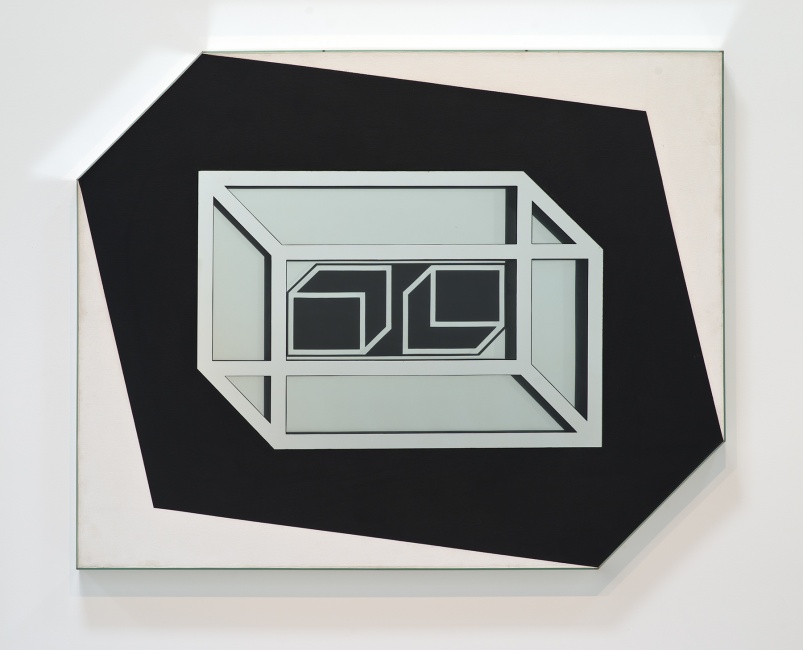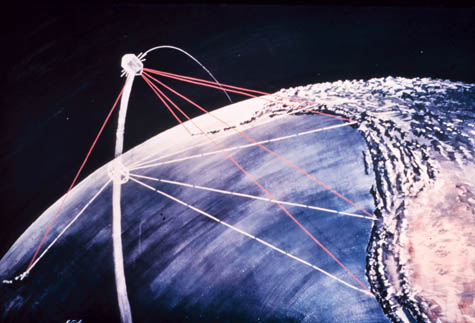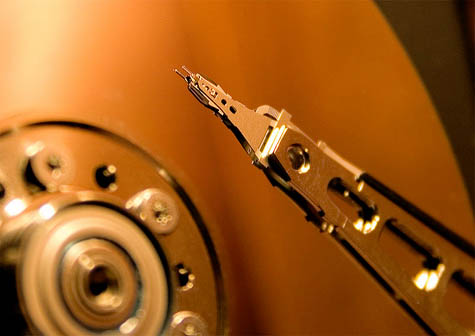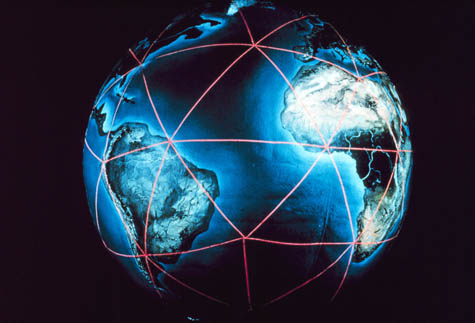 [Image: “Magnetic Field” by Berenice Abbott, from The Science Pictures (1958-1961)].
[Image: “Magnetic Field” by Berenice Abbott, from The Science Pictures (1958-1961)].
An interesting new paper suggests that the ritual practice of burning parts of villages to the ground in southern Africa had an unanticipated side-effect: resetting the ground’s magnetic data storage potential.
As a University of Rochester press release explains, the “villages were cleansed by burning down huts and grain bins. The burning clay floors reached a temperature in excess of 1000ºC, hot enough to erase the magnetic information stored in the magnetite and create a new record of the magnetic field strength and direction at the time of the burning.”
What this meant was that scientists could then study how the Earth’s magnetic field had changed over centuries by comparing more recent, post-fire alignments of magnetite in the ground beneath these charred building sites with older, pre-fire clay surrounding the villages.
The ground, then, is actually an archive of the Earth’s magnetic field.
If you picture this from above—perhaps illustrated as a map or floor plan—you can imagine seeing the footprint of the village itself, with little huts, buildings, and grain bins appearing simply as the outlines of open shapes.
However, within these shapes, like little windows in the surface of the planet, new magnetic alignments would begin to appear over decades as minerals in the ground slowly re-orient themselves with longterm shifts in the Earth’s magnetic field, like differently tiled geometries contrasting with the ground around them.
 [Image: “Untitled” by Larry Bell (1962), via the L.A. Times].
[Image: “Untitled” by Larry Bell (1962), via the L.A. Times].
What really blows me away here, though, is the much more abstract idea that the ground itself is a kind of reformattable magnetic data storage system. It can be reformatted and overwritten, its data wiped like a terrestrial harddrive.
While this obviously brings to mind the notion of the planetary harddrive we explored a few years ago—for what it’s worth, one of my favorite posts here—it also suggests something quite strange, which is that landscape architecture (that is, the tactical and aesthetic redesign of terrain) and strategies of data management (archiving, cryptography, inscription) might someday go hand in hand.
(Via Archaeology).

 [Image: “
[Image: “ [Image: Geometry in the sky. “Diagram showing conceptual photographs of how
[Image: Geometry in the sky. “Diagram showing conceptual photographs of how  [Image: “
[Image: “ [Image: The “
[Image: The “